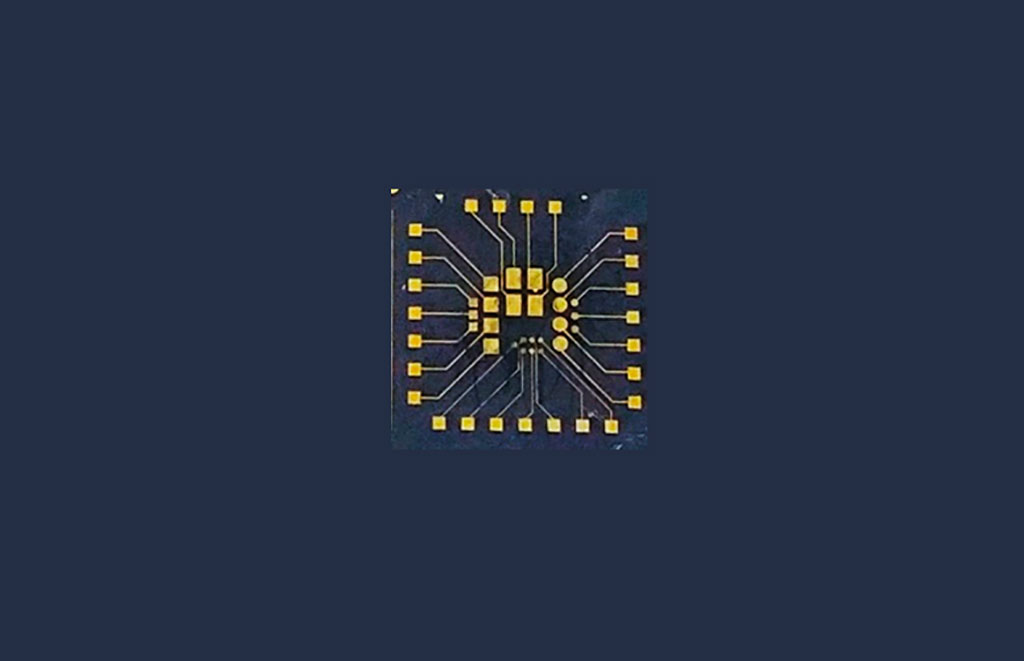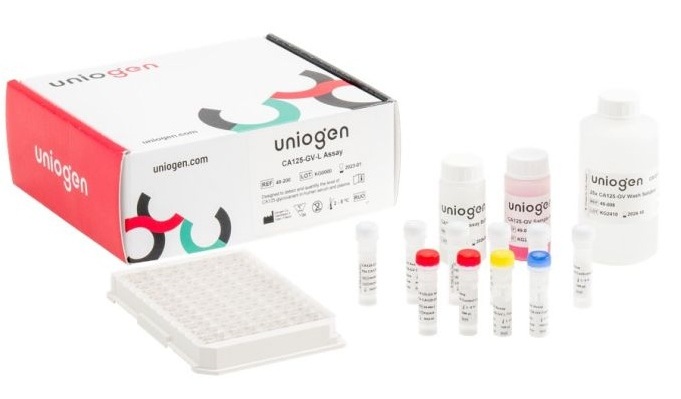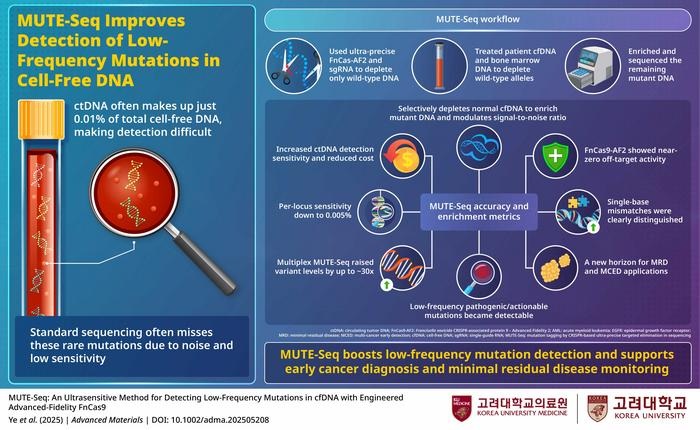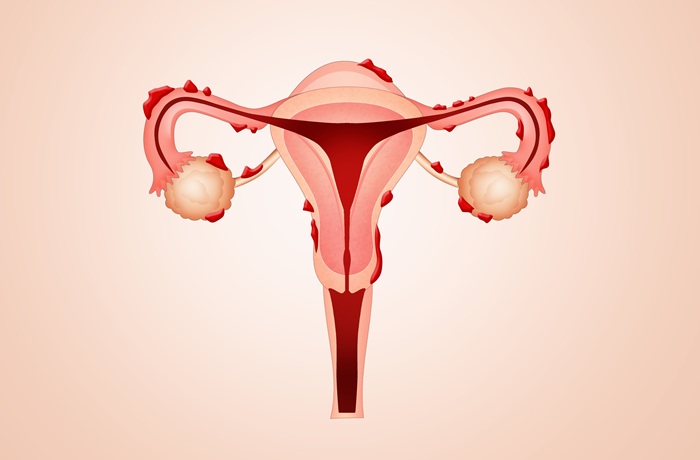Bioelectronic Devices Capture and Release Tumor Cells for Early Cancer Diagnosis
Posted on 11 Sep 2023
Metastasis, the spread of cancer cells from the primary tumor to distant organs, is the main cause of cancer-related deaths. Metastasis occurs when a cancer cell detaches from the initial tumor, travels through the bloodstream and lymphatic system, and invades other parts of the body. Collecting these circulating tumor cells non-invasively is crucial for understanding cell biology, as well as for cancer diagnosis, prognosis, and drug development. Traditional methods for gathering these cells in a usable form are time-consuming, given that the concentration of these cells in the bloodstream is incredibly low compared to other cell types.
Now, a group of researchers at the University of the Basque Country (UPV/EHU, Leioa, Spain) has designed a bioelectronic device that could revolutionize this process. The device featuring gold electrodes coated with a smart polymer not only captures but also releases cells in a controllable, non-destructive manner, while simultaneously tracking these activities through standard electrical readings. This is seen as a foundational step toward creating universal systems for early cancer detection. Previous biosensors designed for this purpose were less than ideal because they damaged cells during the capture and release process. To address this, the team integrated smart materials with bioelectronics, which involves the use of carbon-based semiconductors, for more accurate and less harmful cell capture and release mechanisms.

In their preliminary tests, the researchers did not use real patient samples but instead relied on commercial cells sustained in culture media. The results demonstrated that the device successfully captured and released these cells. The team is now in the process of customizing the polymer to interact specifically with different types of cells. Currently, the device is being used on esophageal cancer patient samples. Its role is to selectively accumulate cancer cells, making it easier to determine their concentration in the sample.
“We wanted to come up with a device capable of concentrating cancer cells in order to detect their concentration,” said Janire Sáez, Ikerbasque research professor in the UPV/EHU’s Microfluidics Cluster Group. These are the first steps towards developing platforms for cancer screening. This could be a good step forward because they generally involve low-cost technologies and can be mass-produced. The idea is to use this type of technology for early cancer diagnosis.”
Related Links:
UPV/EHU














